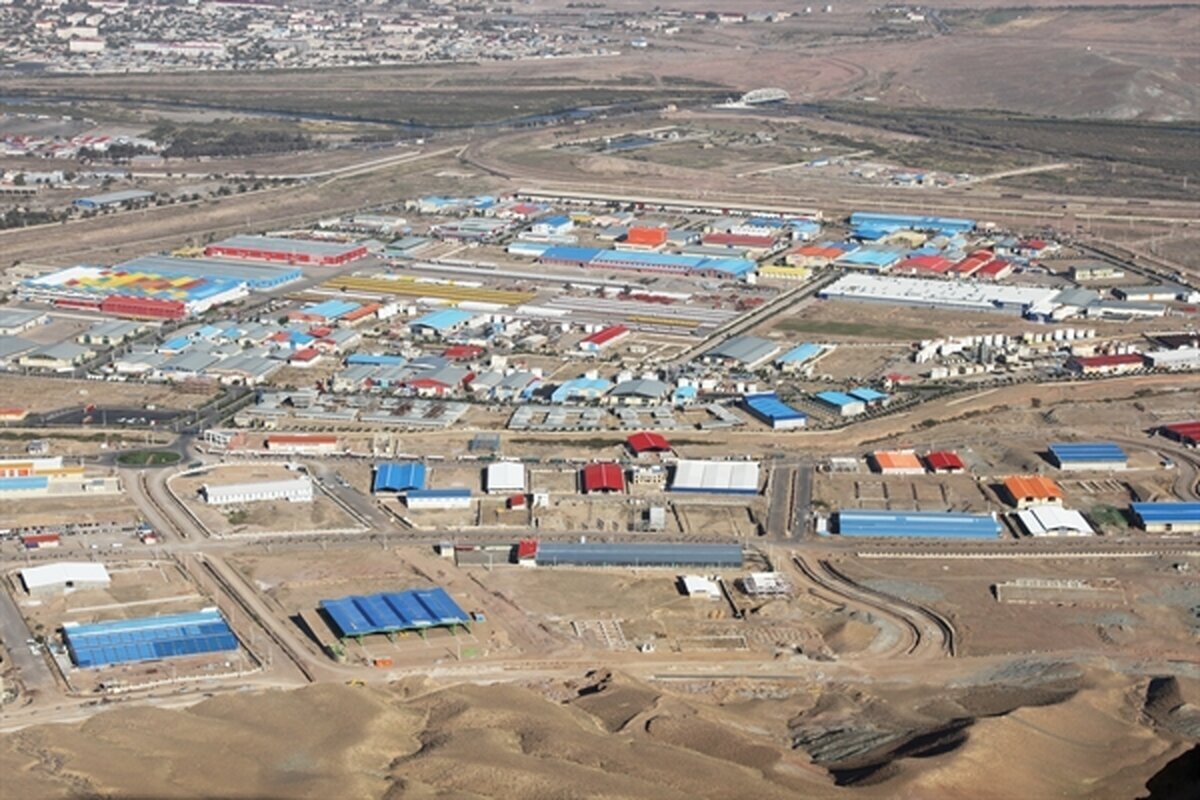Iran plans fundamental change in free trade zones to boost trade, productivity

TEHRAN — Iran is set to implement a major restructuring of its free trade zones in a bid to revive their role in regional commerce and national economic development, said Reza Masrour, secretary of the Free and Special Economic Zones High Council.
Masrour said that although the zones were designed to drive trade, investment, and transit, they have fallen short of expectations in recent years.
He announced the beginning of a reengineering process, backed by the Ministry of Economic Affairs and Finance, to redefine the function and governance of these areas.
The transformation plan focuses on deep legal, institutional, and infrastructural reforms, alongside new policies to turn the zones into export-oriented hubs.
Each zone will align its activities with its own strengths, such as transit logistics, tourism, downstream industries, or advanced technologies, he added.
Authorities also aim to transition the zones into what officials describe as “seventh-generation” areas—drawing on modern international development models.
Three key documents are being drafted to guide this transition: a strategic roadmap for reform, a digital economy blueprint, and a national productivity program.
The strategic roadmap is designed to identify systemic challenges, reassess the direction of the zones, and develop macro and sector-specific policies.
The digital economy document links the potential of tech-driven innovation with the commercial ecosystems of the free zones. The productivity program is aimed at defining and applying performance benchmarks to improve efficiency across all regions.
Masrour said these plans are being developed in collaboration with Iran’s top economic policy experts and research centers, using global models and tailored analyses of domestic and international conditions.
He added that the content reflects a broader strategy to redesign governance, strengthen the zones’ missions based on competitive advantages, reform outdated laws and institutions, and harness Iran’s geopolitical and geoeconomic position—including international trade corridors, regional markets, energy routes, and technology capabilities.
He expressed confidence that with support from the minister of economic affairs, the plans would mark the beginning of a more focused, dynamic, and effective era for Iran’s free trade zones.
During a meeting with President Masoud Pezeshkian in last December, Masrour said that Iran's free trade zones collectively offer a bulk capacity of 61 million tons and 1.4 million TEUs, with the ability to handle 12 million passengers annually.
During the session, the official presented a review of the maritime economy and port capacities of key free zones, including Anzali, Kish, Qeshm, Chabahar, Arvand, Bushehr, and Mazandaran.
In that meeting, President Pezeshkian underscored the importance of fully utilizing the existing capacities of free trade zones. He called for the preparation of a strategic roadmap for these zones and emphasized the development of north-south and east-west transit corridors, with input from prominent consultants in the free trade sector.
Iran's free trade zones play a crucial role in facilitating trade, investment, and tourism by offering tax incentives, reduced tariffs, and streamlined regulations. The southern zones, such as Chabahar, Kish, and Qeshm, serve as key gateways for trade with the Indian Ocean, while northern zones like Anzali and Mazandaran provide critical access to the Caspian Sea region.
The Chabahar Free Zone, in particular, holds strategic significance as a transit hub connecting Iran to Central Asia, Afghanistan, and India via the International North-South Transport Corridor (INSTC). Meanwhile, Kish and Qeshm are pivotal for tourism and energy-related industries, with advanced port infrastructure to support containerized and bulk cargo handling.
The total capacity of 61 million tons of bulk cargo and 1.4 million containers highlights the zones' potential to strengthen Iran’s position as a regional logistics hub. Additionally, the ability to accommodate 12 million passengers annually reflects the zones' growing role in boosting tourism and maritime transport.
Officials emphasized the need to address challenges, including infrastructure development and modernizing port facilities, to fully capitalize on the economic opportunities offered by the free zones.
The establishment of free trade zones (FTZs) in Iran dates back to the Iranian calendar year 1368 (March 1989 - March 1990) following the fall in the country’s oil income in the preceding year which prompted the government to promote non-oil exports.
The first two free trade zones of Iran were established in the south of the country. The first one was Kish Free Trade Zone established in 1368 on Kish Island in the Persian Gulf and the second one was Qeshm Free Trade Zone established the year after on Qeshm Island in the Strait of Hormuz.
Some five other free trade zones have been also established in the country since then, including Chabahar in southeastern Sistan-Baluchestan Province, Arvand in southwestern Khuzestan Province, Anzali in northern Gilan Province, Aras in East-Azarbaijan Province and Maku in West-Azarbaijan Province, both in the northwest of the country.
The development of existing free trade zones and the establishment of new FTZs has become one of the major economic approaches of the Iranian government.
EF/MA
Leave a Comment